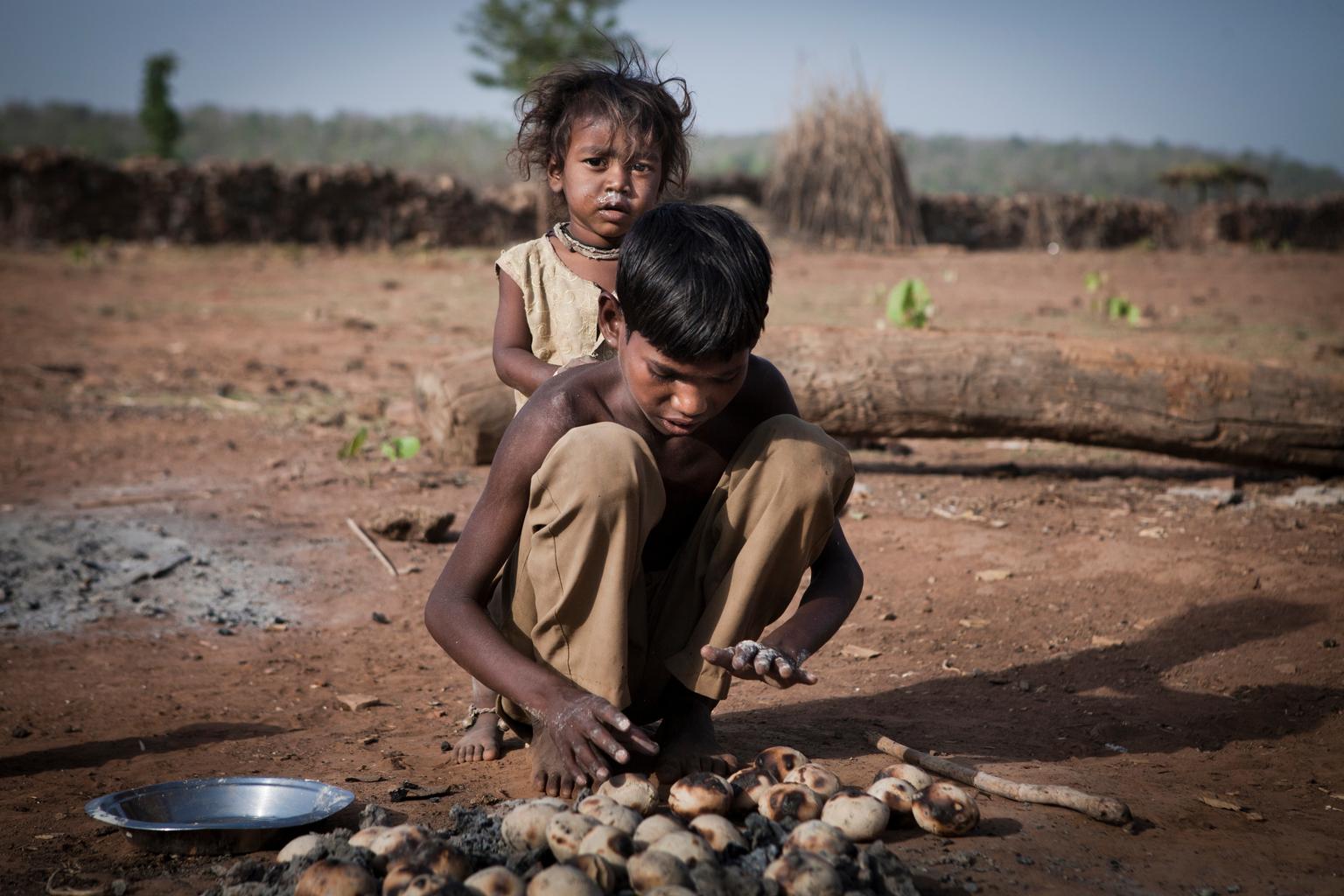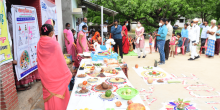Household food and nutrition insecurity in four drought-hit Indian states: A study in Bihar, Chhattisgarh, Rajasthan and Telengana

Globally, an estimated 50 million children aged under 5 years are wasted and 17 million severely wasted [UNICEF, WHO and World Bank, 2016]. India shares about one third of the world’s burden of child wasting. In India, 15 per cent (8 million) of under-fives are wasted and 5 per cent (1 million) are severely wasted [Ministry of Women and Child Development, 2015].
Poor quality and quantity of food, repeated bouts of infections and referral neglect are major reasons for child wasting [WHO, 2012]. Wasting levels rise during the lean food-insecure seasons, as rates of wasting tend to ‘surge’ seasonally during the year [Maleta et al., 2003]. Undoubtedly, if a food shortage calamity strikes, children belonging to poor food-insecure households that are already consuming poor diets for most parts of the year are worst affected. Drought is one such calamity.
In 2016, 266 out of 361 districts across 11 Indian states were declared drought affected [UNICEF, 2016]. Water scarcity and dry environments affected cropping patterns, shrank the household food basket, increased dependence on markets and reduced agri-based livelihoods [UNICEF, 2016].
Rapid surveys done post-drought do not collect information on the household food and nutrition situation systematically or target and equitably distribute an adequate quality and quantity of food aid and emergency nutrition interventions.
With this background in mind, a study was conducted in four Indian states – Bihar, Chhattisgarh, Rajasthan and Telangana – hit by drought in early 2016 to assess (i) the prevalence of wasting and severe wasting in children aged 6-59 months and their mothers; (ii) household food insecurity experiences reported by households using the Food Insecurity Experience Scale (FIES), and the internal validity and reliability of the scale; and (iii) the co-existence of stunting and food insecurity in the wasted and severely wasted population.


